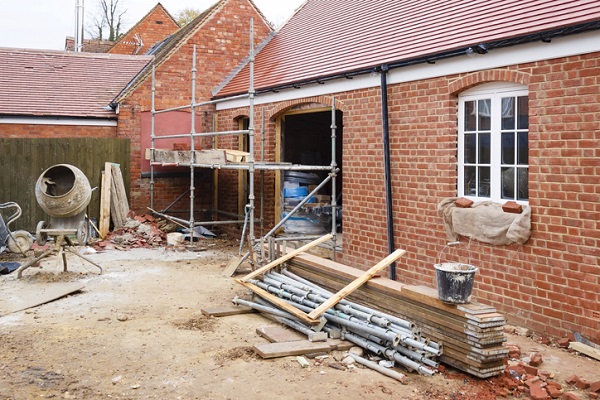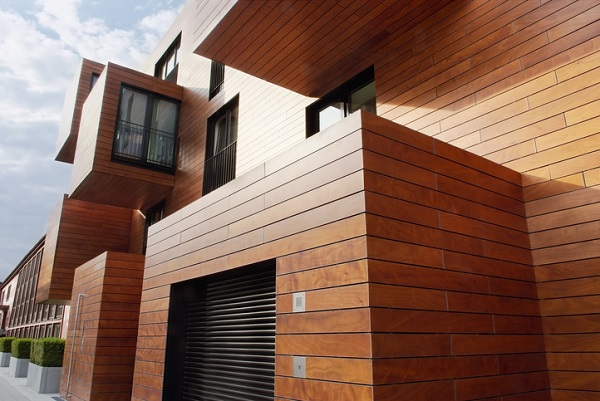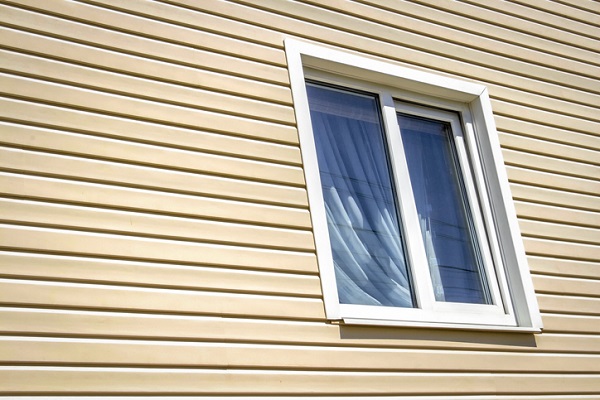3 Exterior Finishes Students in Home Renovation Training Should Know
December 11, 2019
To protect a newly renovated home from rain, wind and other conditions, you’ll need the best exterior finish. Exterior finishes are materials that cover the outside of a building or a home. Different exterior finishes are better for different homes depending on climate. They are essential for not only protecting homeowners from the weather, but also for maximizing the home’s resale value.
There are several ways anyone working in home renovation can protect buildings from the external elements, and make them look good in the process. Here are three exterior finishes you should know about if you’re studying home renovation.
1. Wood is a Traditional Finish That Every Home Renovation Tech Should Know
Wood is one of the more basic types of finishes for a home, but it’s also one that can provide plenty of versatility. For example, wood siding can come in redwood, spruce and cedar form, and can be stained or painted in various colours. While wood siding on its own is not very fire resistant, it can be treated to make it more resistant to fires. It can also be applied in multiple forms, including as vertical boards, drop siding, shingles, logs, and clapboards. Wood has a number of advantages, including its natural beauty, along with its resistance to impact and its ability to be quickly and easily installed.

2. Brick is Another Important Finish to Learn While in Home Renovation Training
This is important to learn about for anyone wanting to become a home renovation technician, since it doesn’t need a great deal of maintenance. In fact, occasional washing is often good enough for brick, and giving it sufficient maintenance can even make it last more than 100 years. Brick siding not only ages extremely well, but is also incredibly durable, which is perhaps why many brick buildings built decades ago are still standing and well-maintained. Whether you install it using brick veneer or brick masonry, this type of exterior finish doesn’t need any refinishing or repainting done, and holds up nicely against extreme weather conditions and fire—a testament to its durability and timelessness.
3. Vinyl Siding: Low-Maintenance, Highly Versatile, and Long-Lasting
Since you will be learning how to tackle various kinds of construction projects during your home renovation training, vinyl siding is another type of exterior finish you’d do well to learn more about. Vinyl siding is becoming increasingly popular thanks to its durability, lack of maintenance (since it only requires occasional washing), and cost efficiency. Plus, it can come in different shapes, sizes and colours. It can also be installed fairly easily by the homeowner rather than by a professional, and its colour will generally hold up for a long time. While it may be more vulnerable to damage in extreme weather compared to other finishes, it is extremely versatile and can be applied in different styles. Insulated vinyl is also very ecologically friendly in its ability to save energy in both warmer and colder climates.

Interested in home renovation school?
Contact North American Trade Schools to learn more!



